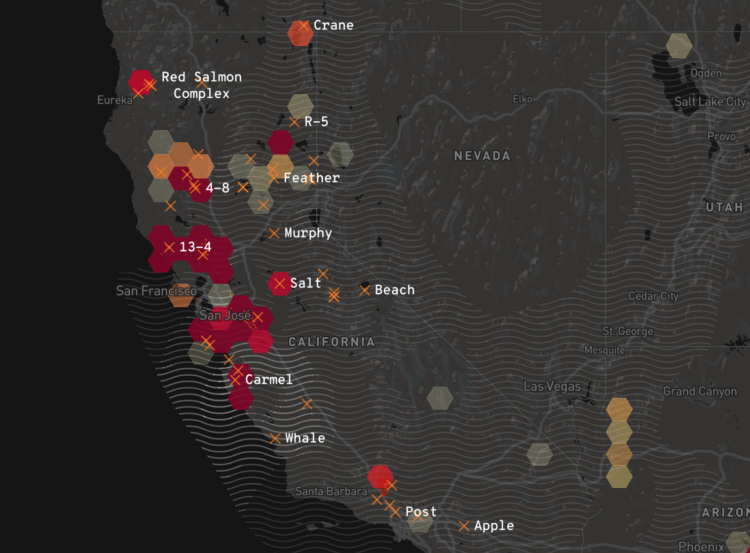California has long been synonymous with idyllic landscapes, sun-kissed beaches, and golden hills. Yet, in recent years, it has become equally emblematic of the ferocity of wildfires. The impact of these conflagrations stretches beyond the immediate destruction, revealing a complex interplay of environmental, economic, and social factors that only seems to deepen with each passing year. As the climate continues to shift, how can the Golden State navigate this burgeoning disaster?
Every summer, the dry heat turns forests and brush into tinder, creating a precarious situation that ignites with alarming regularity. In the past decade, California has witnessed a staggering increase in the frequency and severity of wildfires. What was once a seemingly seasonal phenomenon has evolved into a year-round threat, forcing residents and wildlife alike to adapt to a new reality. The reasons for this escalation are multifaceted: prolonged droughts, increased temperatures, and even the overabundance of vegetation resulting from long-stand fire suppression policies. Each year, the cycle continues, drawing communities into a relentless battle against roaring flames.
But there is more to this narrative than just loss and devastation. Amidst the ashes, there lies an opportunity for transformation. It is crucial to recognize that with every catastrophe comes a chance to rethink our approach to land management and community resilience. Innovative practices are being piloted, such as controlled burns and the strategic thinning of forests, aimed at reducing the fuel available for wildfires. These practices, once seen as controversial, are now garnering support as essential tools in mitigating future risks.
Furthermore, technology plays an increasingly paramount role in wildfire management. Advances in satellite imagery and predictive analytics are revolutionizing how we understand fire behavior, allowing for more precise and proactive response strategies. This shift from reactive to proactive can save lives, property, and ecosystems, offering a glimmer of hope amidst the uncertainty.
Then there is the human element—communities coming together. In the wake of destruction, neighbors unite, sharing resources, and forming networks that strengthen local resilience. California’s diverse populace, often seen through the lens of urban versus rural divide, must collaborate in innovative ways to develop sustainable practices that respect both the land and its inhabitants.
As California stands at this crossroad, poised between a past riddled with devastation and a future bright with potential, the trajectory taken will impact generations to come. The wildfires that once ravaged the state can become a catalyst for progress, driving home the imperative to rethink our relationship with nature. Will this be the defining moment that prompts lasting change? Only time will tell, but it is essential that curiosity is piqued, and discussions are ignited as we seek to forge pathways toward resilience, sustainability, and coexistence.
